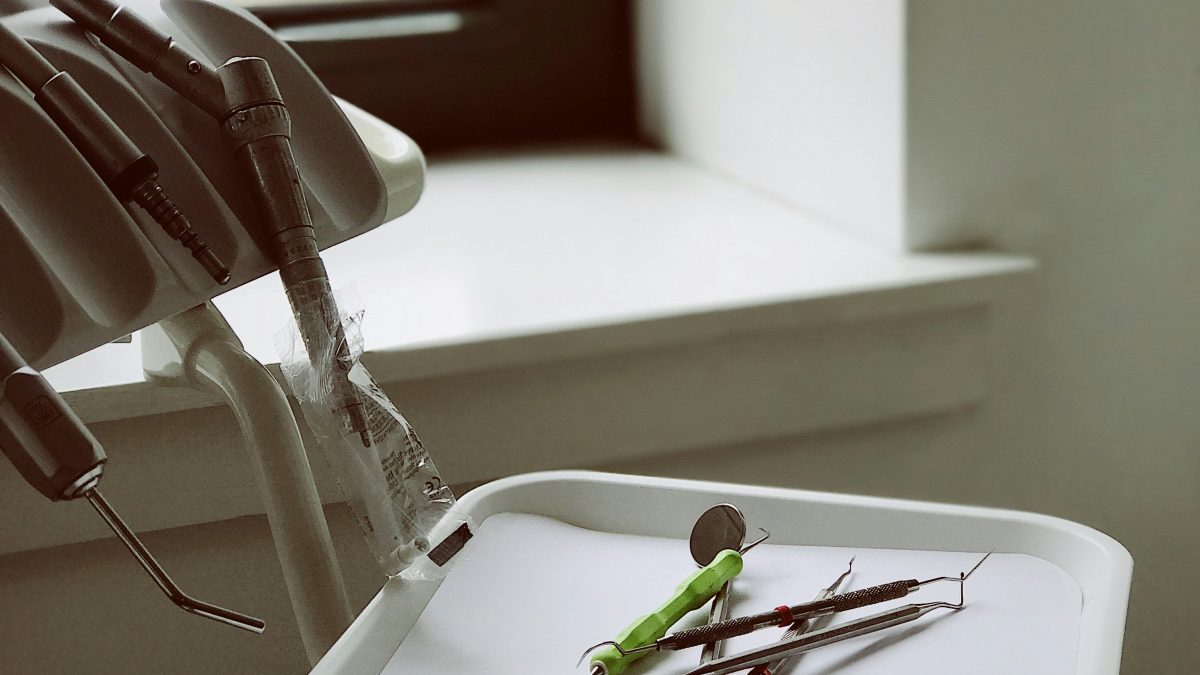- Hook: Dental emergencies can be frightening and painful.
- Emphasize the importance of knowing what to do in critical situations to save a tooth and minimize pain.
- State the post’s purpose: to provide a comprehensive guide on recognizing, managing, and seeking immediate help for common dental emergencies.
When Is It a Dental Emergency? Defining the Urgency
- What Constitutes an Emergency:
- Severe pain, bleeding that won’t stop, lost tooth, swelling, trauma.
- What Can Wait (Urgent but not Emergency):
- Lost filling/crown with no pain, dull toothache. Still needs professional attention, but not immediately.
Common Dental Emergencies and Immediate Actions
- Knocked-Out Tooth (Avulsed Tooth):
- Immediate Action: Pick up by crown, rinse gently (no scrubbing), reinsert if possible, keep moist (milk/saliva), seek dentist within 30 minutes for best prognosis.
- Why time is critical: Ligaments around the root can reattach.
- Chipped or Broken Tooth:
- Immediate Action: Rinse with warm water, apply gauze to stop bleeding, cold compress for swelling, save any pieces.
- Why it’s serious: Exposed pulp, sharp edges, risk of infection.
- Severe Toothache:
- Immediate Action: Rinse with warm water, gently floss to dislodge food, do NOT place aspirin on gum. Painkillers can help temporarily.
- Potential Causes: Cavity, abscess, cracked tooth, infection.
- Lost Filling or Crown:
- Immediate Action: Keep the restoration, use dental wax/sugar-free gum to cover sensitivity. Avoid chewing on that side.
- Why it’s urgent: Exposed dentin, potential for decay, structural integrity.
- Abscess (Pimple-like swelling on gums):
- Immediate Action: Rinse with warm salt water. Do NOT pop the abscess.
- Why it’s serious: Sign of severe infection, potential to spread.
- Objects Caught Between Teeth:
- Immediate Action: Try to gently remove with floss. Avoid sharp objects.
- Why it’s problematic: Pain, gum damage, infection.
- Bleeding After a Tooth Extraction:
- Immediate Action: Bite firmly on gauze for 30-45 minutes. Avoid rinsing vigorously.
- When to worry: Bleeding that doesn’t stop after several hours.
- Soft Tissue Injuries (Cheek, Lip, Tongue):
- Immediate Action: Clean gently with warm water, apply direct pressure with gauze/clean cloth. Cold compress.
- When to seek ER: Deep cuts, profuse bleeding, signs of infection.
Preventing Dental Emergencies: Proactive Steps
- Mouthguards:
- For sports activities (custom-fitted vs. over-the-counter).
- For bruxism (nightguards).
- Avoid Chewing Hard Objects:
- Ice, popcorn kernels, hard candy.
- Good Oral Hygiene:
- Prevents cavities and gum disease that can lead to emergencies.
- Regular Dental Check-ups:
- Early detection and treatment of issues before they become emergencies.
When to Seek Professional Help (and how to find an emergency dentist)
- Contact Your Dentist Immediately:
- Provide our emergency contact information/process.
- What to Tell the Dentist:
- Detailed description of symptoms, time of injury, pain level.
- Emergency Room vs. Dentist:
- ER for severe trauma (jaw fracture, unconsciousness), extensive bleeding.
- Dentist for tooth/gum specific issues.
Conclusion:
- Reiterate that preparedness is key in dental emergencies.
- Empower readers with the knowledge to act swiftly and correctly.
- Emphasize that prompt professional care makes a significant difference.
Call to Action: Don’t wait for a dental emergency to strike! Save our contact information for urgent dental care, and schedule your regular check-up today. Image Ideas: Infographic with step-by-step instructions for a knocked-out tooth, illustrations of different dental emergencies, a person with a mouthguard.
Related posts
1 Comment
Deixe um comentário Cancelar resposta
Meet the Author
Welcome to OdontoBlog, your essential source for current dental news and tips. Our goal is to simplify oral health, offering accurate and accessible information.
Popular Posts
Subscribe Now
* You will receive the latest news and updates on your favorite celebrities!



Good!